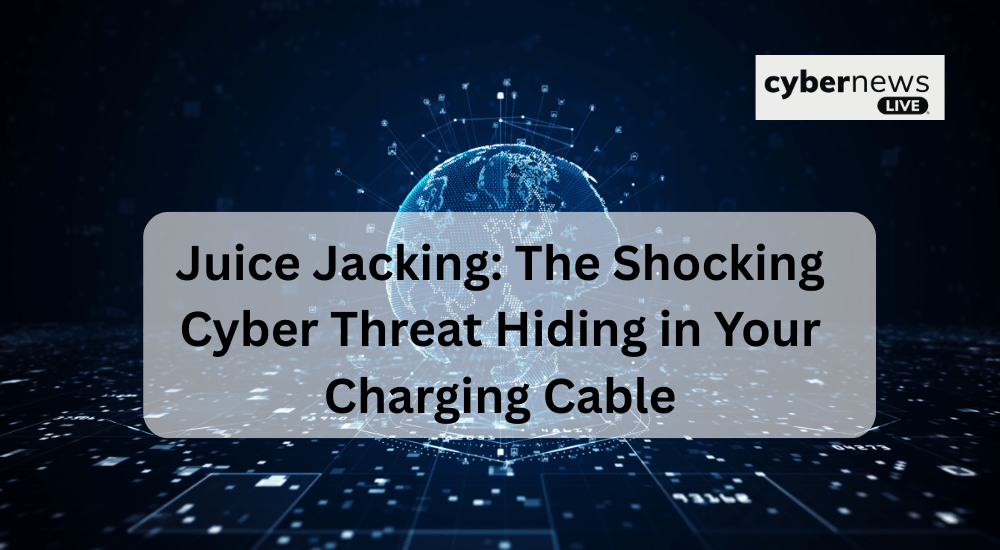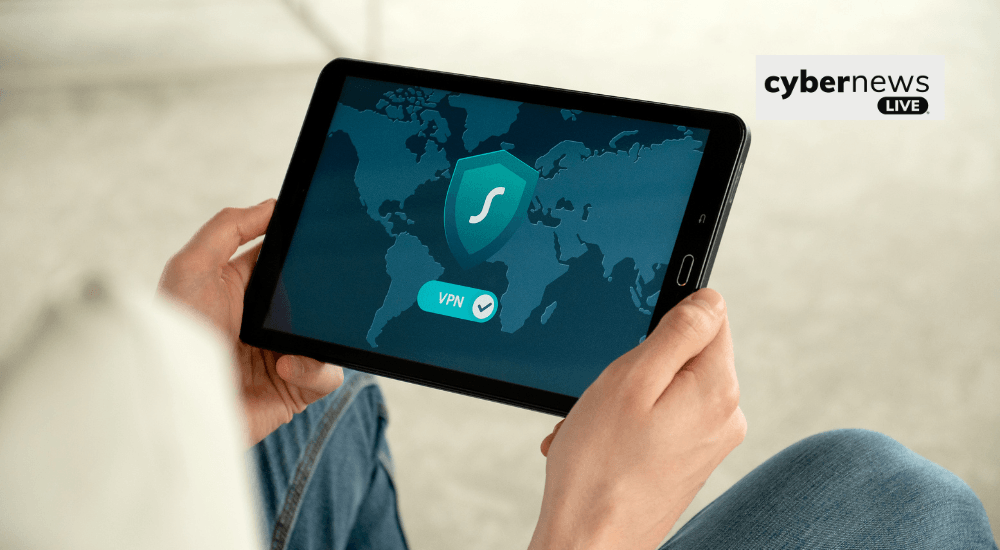
Juice Jacking: How Public USB Charging Stations Can Put Your Data at Risk
Low battery moments often push people to use public USB charging stations—but that quick charge could open the door to a hidden cyber threat.
Juice jacking is a method attackers use to steal data or install malware through compromised USB ports or cables. In this article, we’ll explain how the attack works and how to defend your devices from this growing risk.
What is Juice Jacking?

Juice jacking is a type of cyber attack where hackers use public USB charging ports or tampered charging cables to access data or install malware on your device. Unlike typical cyber attacks that require a Wi-Fi or cellular connection, juice jacking uses the physical connection between your device and a compromised charging station to infiltrate your phone, tablet, or laptop.
Once connected, your device can unknowingly transmit data to the attacker, or receive malicious software in return.
How Juice Jacking Works
Here’s a step-by-step breakdown of how juice jacking typically occurs:
1. Compromised Public USB Port
Cyber criminals install modified USB charging ports in high-traffic public areas such as airports, hotels, cafés, and shopping malls. These ports look legitimate but are designed to extract data or inject malware.
2. Malicious Charging Cables
Attackers may also leave tampered USB cables plugged in or hand them out as giveaways. These cables contain hidden components that allow unauthorised data transfer.
3. Silent Data Theft or Malware Installation
Once you plug your device in, the attacker can:
Extract personal data (photos, emails, contacts, login credentials)
Install tracking software or ransomware
Take control of your device remotely
The worst part? This all happens silently. No alerts. No warnings.
Real Risks of Juice Jacking
The dangers of juice jacking include:
Identity theft
Unauthorised access to sensitive information
Loss of privacy and financial data
Compromised email or social media accounts
Full device takeover by hackers
How to Prevent Juice Jacking
Fortunately, avoiding juice jacking is simple once you’re aware of the risks. Follow these best practices to keep your devices safe when on the go.
1. Avoid Public USB Charging Ports
Use your personal charger and plug directly into a wall outlet. USB ports in public places are often the weak link.
2. Use a USB Data Blocker (USB Condom)
This device blocks data pins in a USB connection, allowing only power to flow. It’s an affordable and effective solution.
3. Carry a Portable Power Bank
Keep a backup battery with you to avoid needing public charging stations entirely.
4. Enable Two-Factor Authentication (2FA)
If attackers steal your credentials, 2FA can stop them from accessing your accounts.
5. Use Strong Passwords and a Password Manager
Avoid password reuse. Use complex, unique passwords for each account to reduce the impact of any breach.
Protect Your Digital Life From Juice Jacking
As mobile technology becomes more integrated into daily life, the security of our devices matters more than ever. Juice jacking is an easy way for cyber criminals to exploit people in public spaces — but with a little awareness and preparation, you can avoid becoming a victim.
Don’t trade convenience for cyber security.
Take precautions and stay ahead of emerging threats.
Stay Informed With Cyber News Live
Want more expert cyber security insights like this?
Follow Cyber News Live for the latest threat alerts, data breach analysis, and practical advice on protecting your digital world.

